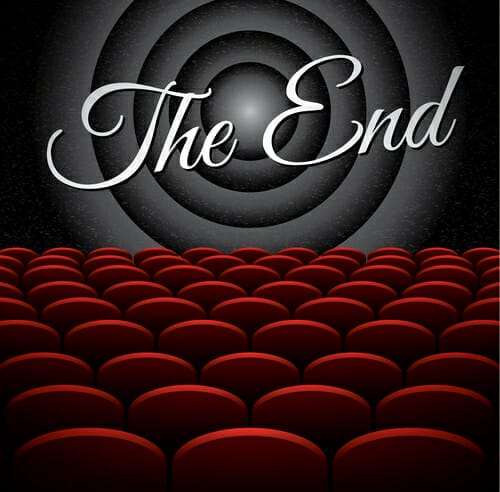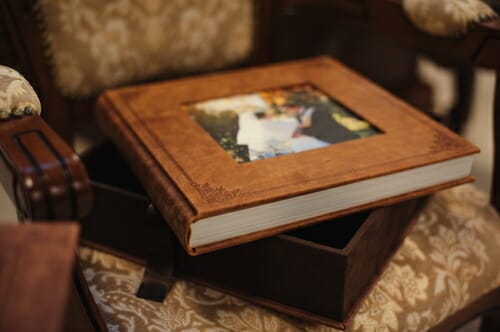I’ve been helping women* recover from sexual abuse since 1992, and over the years I’ve noticed that women who are trying to decide whether to begin the process of recovery often have some common questions…
- How long will this take?
- What do I need to do?
- What will happen?
- What if I can’t handle it?
- How will I know when I’m done?
- Will I be the same person when I’m done?
For years I have tried to answer these questions as best I could, but questions like these are not easily answered. Each woman is different, and each woman’s experience of sexual abuse is unique. There is not a one-answer-fits-all response to these questions.
I was able to piece together helpful responses and analogies, but I was unable to come up with anything that would be as comprehensive and as adaptable as I desired. This led me to look for a simple, yet sensitive way to explain the process of recovering from sexual abuse.
I began to think about a story from my childhood that might give sexual abuse survivors a simple and memorable way to understand the journey of recovery. That led me to use the well know movie The Wizard of Oz as a type of road map to understand what happens to a woman who undertakes the journey of recovering from sexual abuse.
The use of this children’s story is not meant to cheapen the offense of the abuse. The road to healing is not a fanciful children’s story. It is a tragic children’s story. Few things are as dastardly and as damaging as being victimized in this way, and it would be just as dastardly and damaging to trivialize it.
The Road Out of Oz is not meant to minimize a survivor’s experience, but rather to give the survivor the understanding they need to move forward.
I hope that you, or someone you know, will subscribe to this blog and join me as we seek to better understand what it means to take the road out of Oz and walk the road of recovering from sexual abuse.
*Though many of the themes and issues discussed in this book are common to male victims of sexual abuse, my experience has been that of working with women, and so this book is written from that perspective.
 We decide to get married because we’re looking for something and we believe we’ve found it in our spouse. But a few years into the marriage, we’re still looking for something and we’re wondering why our spouse is withholding it. What happened?
We decide to get married because we’re looking for something and we believe we’ve found it in our spouse. But a few years into the marriage, we’re still looking for something and we’re wondering why our spouse is withholding it. What happened?















